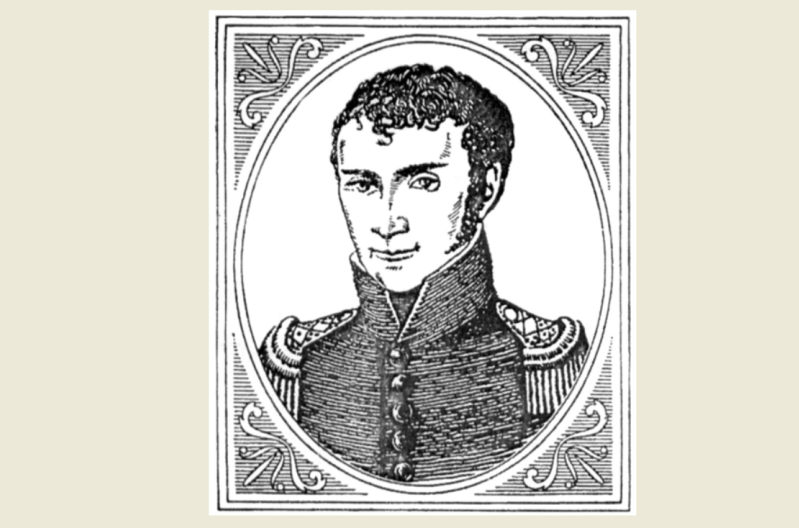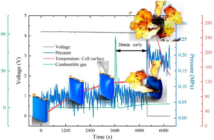Johann Wilhelm Ritter born 1776, was a German chemist, physicist and philosopher. He signed up as an apprentice trainee with an apothecary when he was 14, and acquired a deep interest in chemistry. Ritter was otherwise largely self-taught, although he did study medicine at University of Jena in Thuringia after receiving an inheritance. The young man whose life ended tragically invented many remarkable things, including the world’s first secondary, rechargeable battery.
Johann Wilhelm Ritter and His Rechargeable Battery
Ritter was clearly not a man who let grass grow under his feet. In 1801, when he was still only 27 he discovered a previously unknown region of the solar spectrum, which led to work investigating ultra violet light. This was perhaps the most globally significant phase of his short life.
Next he followed up on early work by William Nicholson in 1800, regarding decomposing water. He found a way to collect oxygen and hydrogen separately from the liquid, before discovering how to electroplate metal onto copper. However, his greatest achievement from our perspective was inventing the world’s first rechargeable secondary battery.

Johann Wilhelm Ritter commenced his task in 1802, when he developed a dry pile primary battery with electrolytic cells. This design, comprising piles of layered discs of copper and cardboard soaked in a brine of table salt, worked as well as the voltaic pile. However, his method had six days consistent endurance, far longer than Volta’s quarter hour.
Further Ground-Breaking Inventions That Followed
Ritter never published his work on his dry pile battery, or the subsequent wet cell version he was able to recharge for brief periods, and in this way much knowledge was lost. Apparently he reasoned his ‘two months of very concentrated research would take him two years to write up’. We can only assume he was already busy with his next invention!
Johann Wilhelm Ritter spent his final few years tinkering with dividing rods and pendulums he suspected contained electricity. Experiments in the electrical excitation of muscles and sensory organs fascinated him, to the extent of exposing himself to very high voltages. Even his young body could not withstand the consequences. He died in 1810 when he was still only 34 years of age.
More Information
Gaston Plantés Lead-Acid Battery
A Porous Pot Cell in a Copper Can




